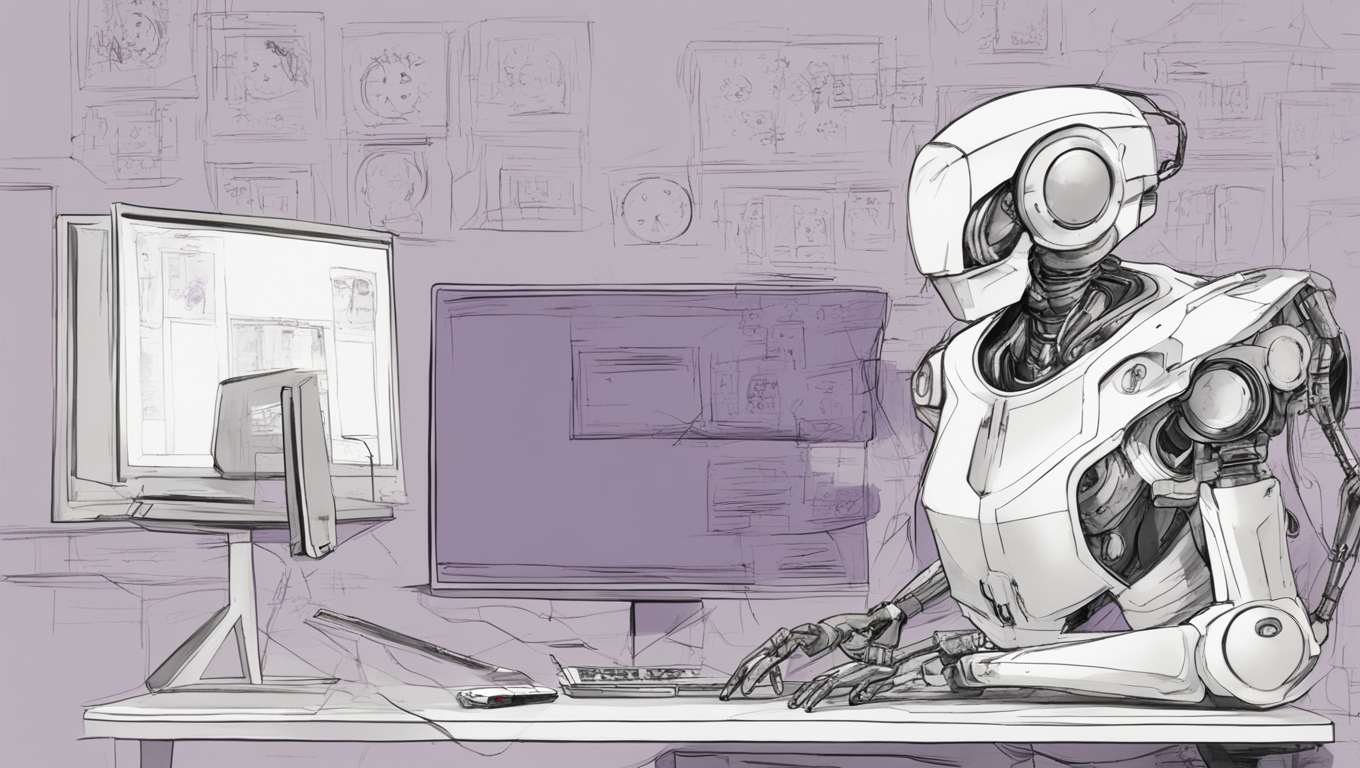Artificial intelligence (AI) has reached a new milestone in the field of robotics. Researchers at Northwestern University have developed a method that allows AI to design autonomous robots in just 30 seconds on a laptop or smartphone. While these robots may only be able to move in straight lines for now, the implications of this technology are significant.
Traditionally, robot design has been limited to large companies, governments, and academic institutions with access to high computational power. This has restricted the diversity of questions being asked and the possibilities for innovation. However, the new AI method opens up a world of possibilities by democratizing robot design. Sam Kriegman, the study author and a computer scientist, explains, “Increasing the accessibility of these tools is something that’s really exciting.”
The method revolves around using a version of simulated evolution to create robots capable of specific tasks, such as locomotion. Previous methods involved generating random variations, testing them, refining the best performers, and repeating the process multiple times. This approach required extensive computing power. However, the researchers turned to a method called gradient descent, which is akin to directed evolution.
The process starts with a randomly generated body design for the robot. But unlike random evolution, the algorithm can assess how well a given body plan will perform compared to the ideal. Through iterative processes, the AI narrows down the pathways that are most likely to lead to success. Kriegman explains, “We provided the [algorithm] a way to see if a mutation would be good or bad.”
In computer simulations, the researchers initiated the process by starting their robots as random shapes, aiming to develop terrestrial locomotion. Within 10 simulations and a matter of seconds, the robots reached an optimal state. They were able to move at up to 0.5 body length per second, demonstrating considerable progress in a short amount of time. The robots also consistently evolved legs and started walking.
To test the simulations in the real world, the researchers constructed examples of their best-performing robot using 3-D printing and silicone. These robots, about the size of a bar of soap, were able to move like blocky little cartoon characters. While the researchers acknowledge that AI-simulated robots don’t always translate into the real world, they are excited about the progress made.
N. Katherine Hayles, a professor emerita at Duke University, believes that the real breakthrough will come when the gradient descent method is used in tandem with artificial neural networks (neural nets), which are inspired by the human brain. By connecting brains and bodies, AI can create coevolving systems similar to living organisms. This opens up the potential for AI to design new products and solve complex problems, from climate change to incurable diseases.
Hod Lipson, a roboticist at Columbia University, describes this advancement as a “huge step forward.” He believes that if algorithms can design things for us, there will be no limits to human progress. The research conducted by Northwestern University represents a significant advancement in robot design and indicates a promising future for AI-driven innovation.
As AI continues to develop and improve, the possibilities for design and creation become limitless. The convergence of AI and robotics offers exciting prospects for solving real-world problems and advancing human capabilities. With AI now capable of designing its own creations, we are entering a new era of exponential growth and innovation.





Use the share button below if you liked it.